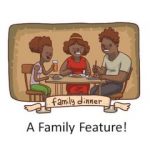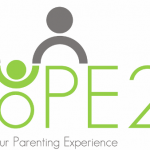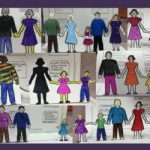
What I love about this assignment is that it can be adapted to almost any topic that you want students to walk away with messages promoting positive thoughts, actions, and attitudes! I initially created this to use when teaching about healthy dating relationships and after using it thought of umpteen other lessons that I could use it with. So let me give you some background and suggestions for implementing this and then let your students have at it as they develop their own original slogans, messages and images about whatever topic you assign. This is also a great template to use when running a design contest or for club t-shirts or fundraisers!










